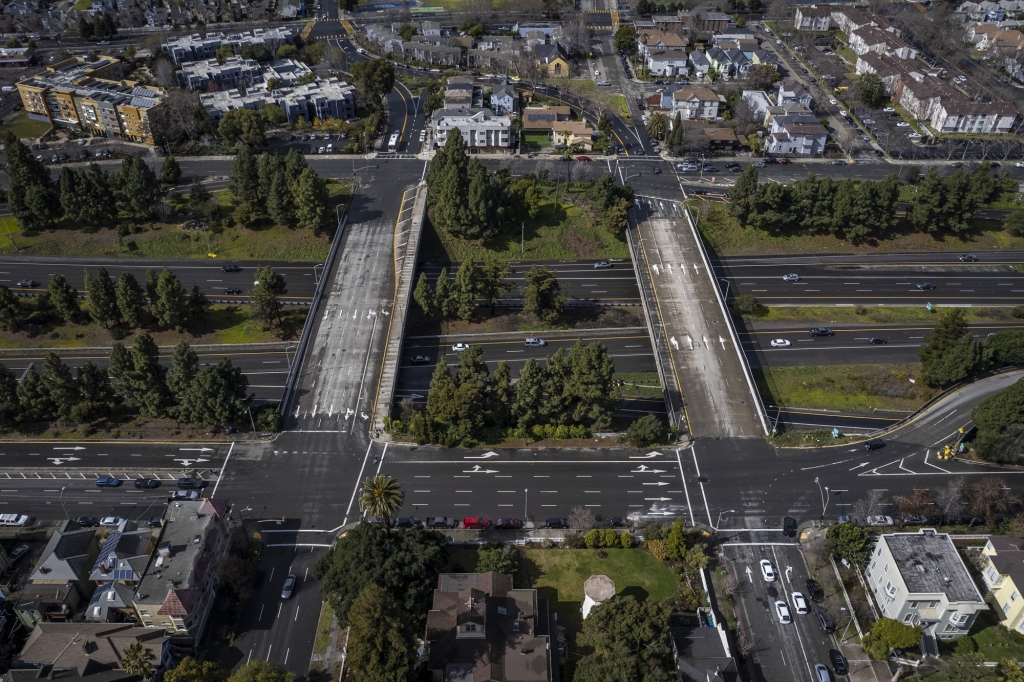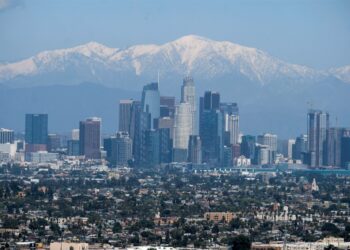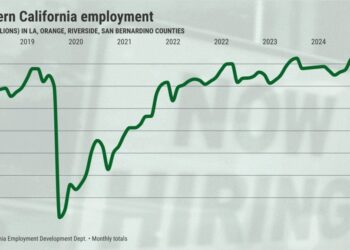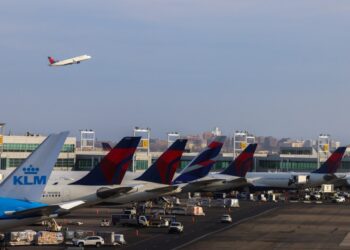By Wendy Fry | CalMatters
A new select committee in the California Legislature will explore ways the state can reconnect neighborhoods that decades ago were torn apart by interstates and highways.
During the nation’s interstate highway construction boom in the 1950s and ’60s, numerous urban neighborhoods were sliced through, often isolating residential areas largely populated by minorities and low-income residents from surrounding communities — and from economic opportunity.
More than 1 million people lost their homes, researchers have estimated. Federal transportation officials noted that in the first 20 years after the 1957 Federal Highway Aid Act launched nationwide highway construction, more than 475,000 households were displaced.
READ MORE: Long Beach awarded $30 million federal grant for Shoreline Drive revamp
Now local and state governments across the nation are exploring ways to undo some of that harm by finding ways to re-link some of those neighborhoods. On Thursday, California’s Assembly Speaker Anthony Rendon appointed Assemblymember David Alvarez, a Democrat from San Diego, to chair a new Select Committee on Reconnecting Communities.
“Many communities, like Logan Heights and Sherman Heights, were devastated by the superhighway system,” Alvarez said in an interview, referring to San Diego neighborhoods. “I intend to focus the committee’s work on reconnecting neighbors and creating new opportunities, like park space and affordable housing.”
Roadways vs neighborhoods
While the superhighway system connected cities and metro areas across the nation, allowing drivers and shippers to traverse the country more, communities of color and other under-resourced neighborhoods experienced fewer of the benefits from that system — such as interstate exits and transit hubs — while suffering the greatest harm, including isolation from job centers, more air pollution and the devastation of local business areas, experts say.
Gustavo…
Read the full article here







